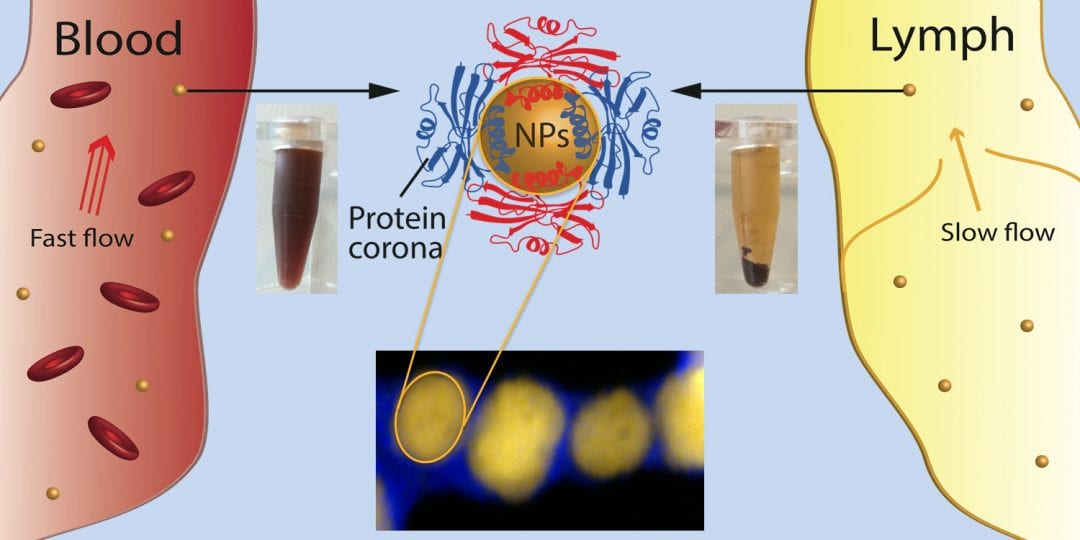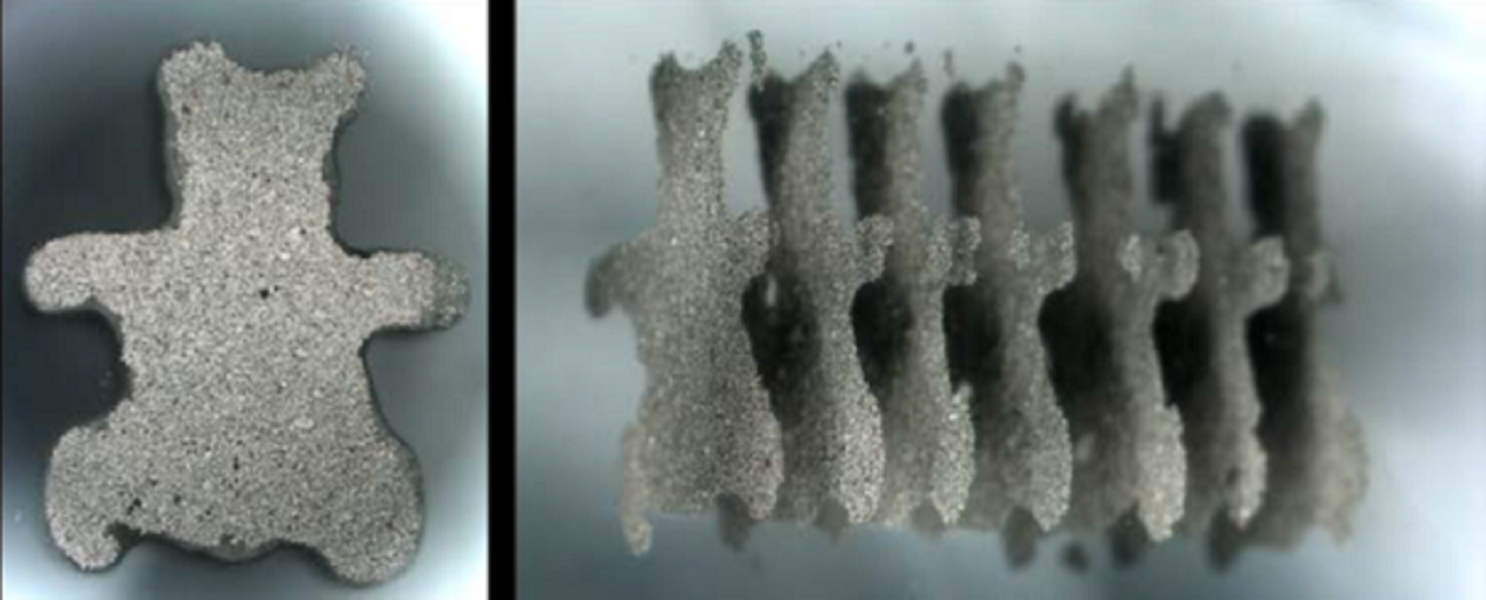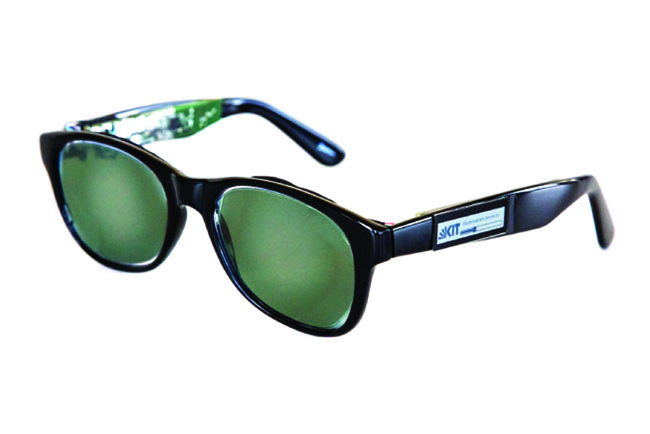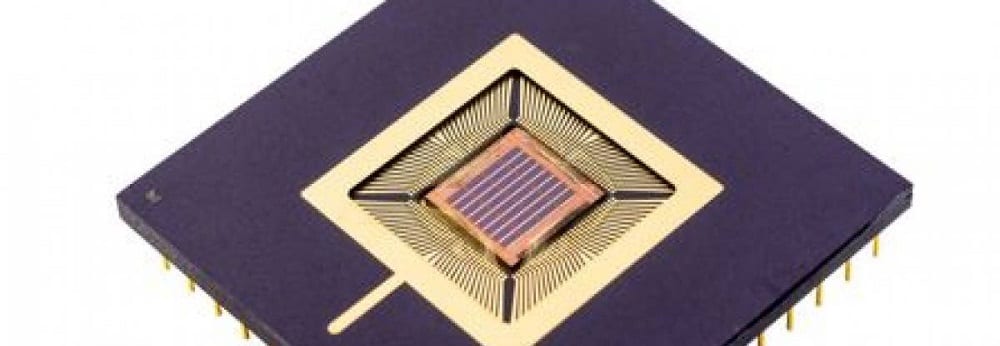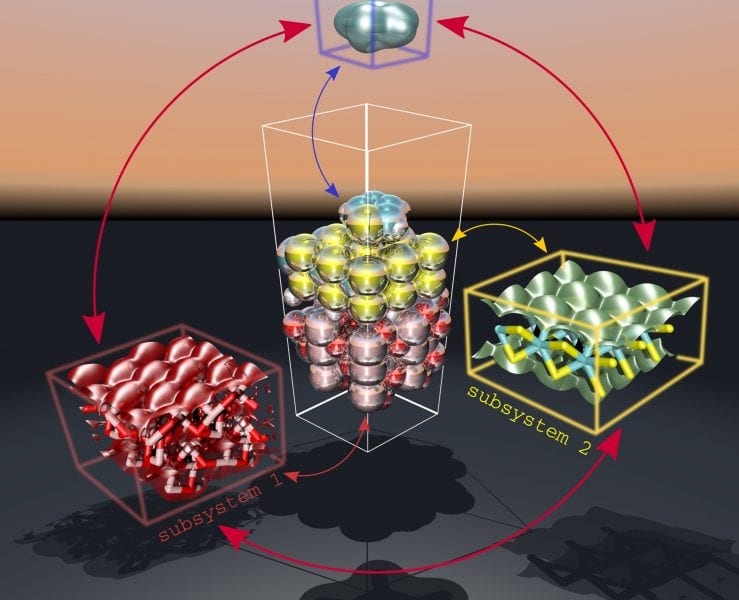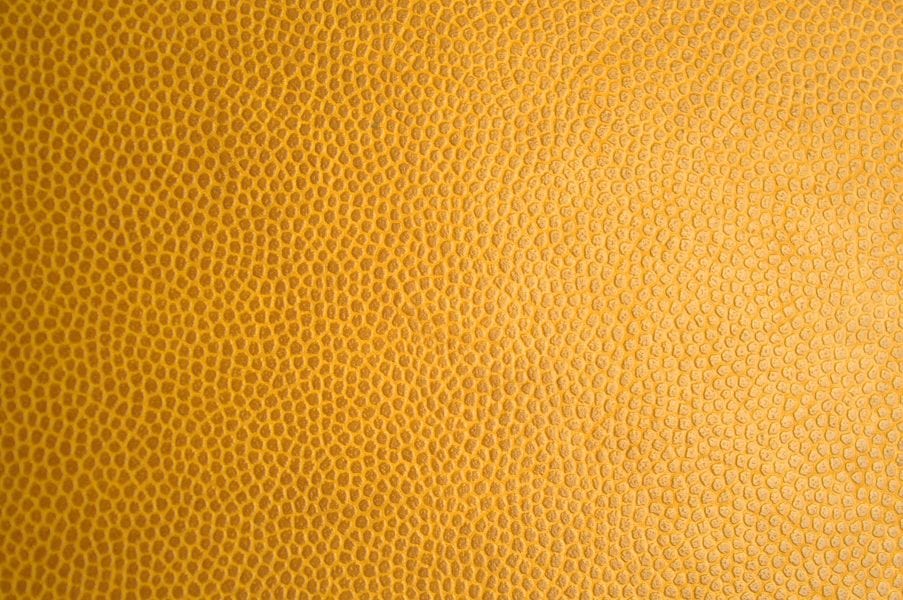Interactions of nanoparticles with their surroundings, both in vitro and in vivo, are different simply because the environments are different. As such, the first insight towards answering complex questions associated with in vitro-in vivo translation are provided.
